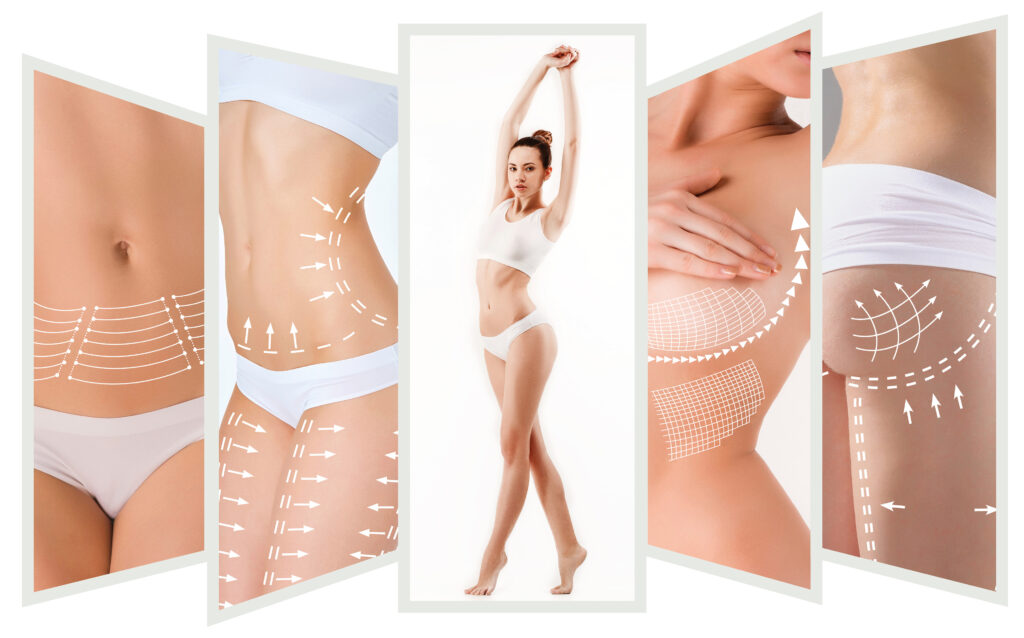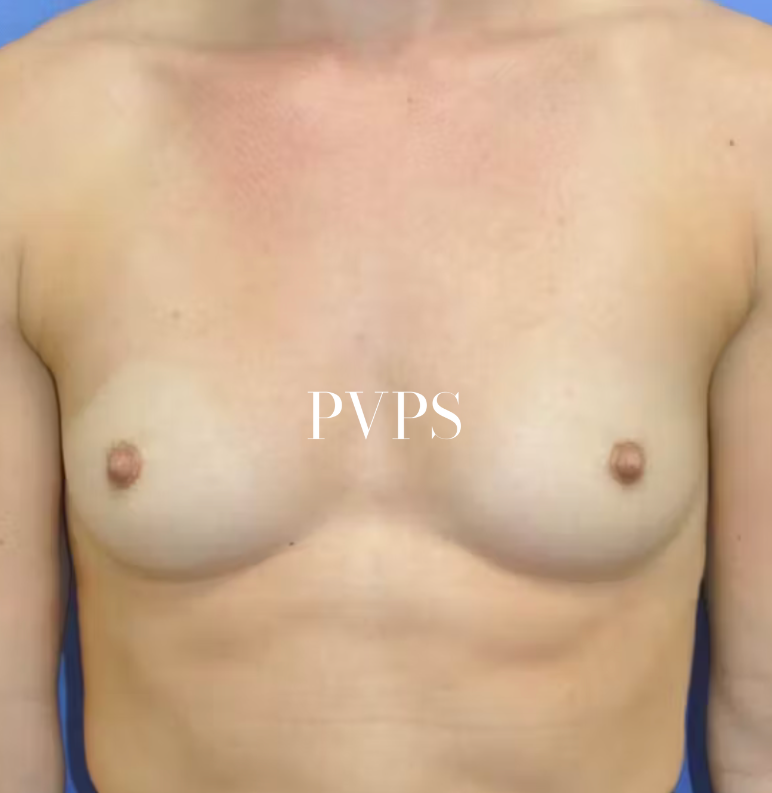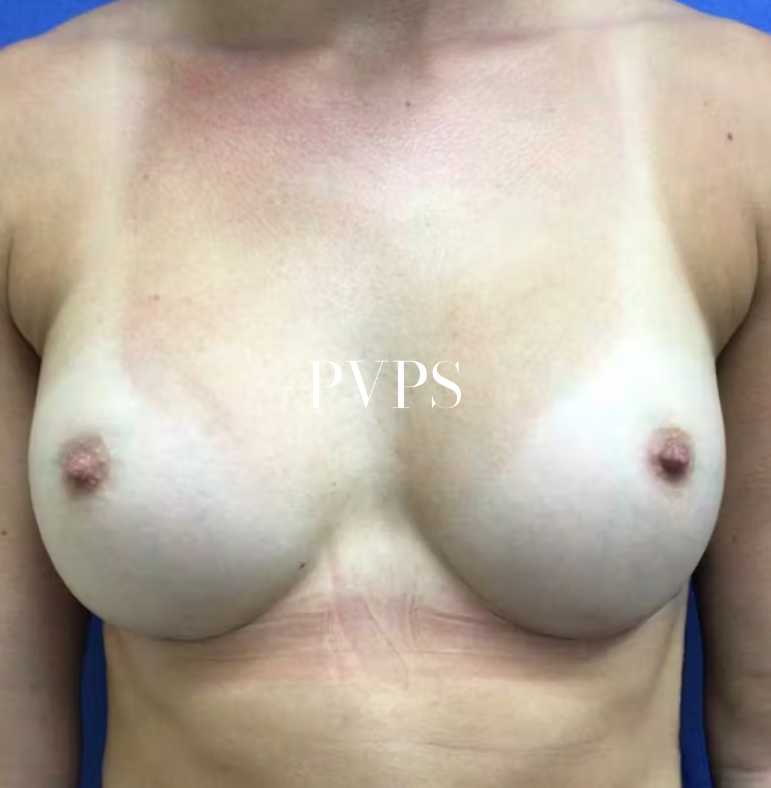Cosmetic surgery offers procedures to improve facial and body appearance and boost confidence in areas of concern.

It’s important to accept and embrace our imperfections. At the same time, aesthetic (or cosmetic) plastic surgery offers a choice for those who want to improve their self-image and boost confidence. With careful consultation and a personalized treatment plan, these procedures can help people feel more comfortable and happy with how they look.
Types of cosmetic surgery
For the face:
For the body:
•First, understand what to expect before, during, and after the procedure. This helps you manage your expectations.
•Next, your surgeon will explain how the surgery may change your body and talk through your desired results.
•Then, learn about the specific procedure, its benefits, risks, and other options you might consider.
•Also, it’s important to understand that no body is perfectly symmetrical, and balance is key.
•During your visit, a nurse will ask about your health, medications, and explain post-surgery instructions.
•After that, you’ll sign a consent form for photographs and receive an estimate of the total cost.
•If needed, you may have a preoperative exam to check your overall health before surgery.
•On the day of surgery, the procedure is done with anesthesia in a hospital or outpatient center.
•Finally, after surgery, you’ll receive care instructions, medication info, and contact details for follow-up.
Even when people feel informed and ready, they may still be surprised by how much bruising and swelling happens after cosmetic surgery. Usually, bruising can last at least three weeks, and swelling may stay longer.
During recovery, it’s also common to feel a bit down or emotional. If you try to judge results too early or go back to your normal routine too soon, you may feel more frustrated or disappointed.
That’s why keeping realistic expectations is so important. The goal is improvement—not perfection—and results will vary from person to person.
Here are a few key things to remember:
•First, bruising and swelling are temporary, but scars from surgery are permanent.
•Next, recovery time depends on the person and the procedure. Most people need six to 12 weeks to heal.
•Finally, some individuals may need additional surgeries to reach their desired outcome.
BREAST SURGERY
Following any type of breast surgery, whether it be augmentations, lifts, reductions, or combination procedures, patients may experience slight initial discomfort. This discomfort can generally be managed with anti-inflammatory medications like Ibuprofen or Naprosyn, as well as narcotic oral pain medications prescribed by the surgeon.
One of the primary restrictions after breast surgery is the inability to lift anything heavier than 15 pounds. It is advised that patients refrain from heavy lifting for at least two weeks post-surgery to allow the body adequate time to heal. Most women find that they can return to work or normal daily activities within 4-5 days after the procedure.
FACELIFT
There is a common misconception that facelift procedures are extremely painful. However, the procedure itself can lead to temporary numbness in the face, resulting in minimal discomfort post-surgery. Swelling is normal and typically peaks around the third day after the procedure. Approximately 80% of the swelling should subside after two weeks, with patients feeling like themselves again within a month.
Bruising, particularly in the neck area, is also normal post-facelift. Wearing a neck compression garment for two weeks during the swelling phase is recommended to aid in the recovery process.
BROW LIFT OR UPPER & LOWER EYELID REJUVENATION SURGERY
Procedures such as brow lifts or blepharoplasty are beneficial for enhancing the overall youthful appearance of the face. Recovery from these surgeries is similar to that of a facelift, with minimal pain and discomfort primarily caused by swelling. Dry eyes, blurred vision, and discomfort wearing contacts may occur in the first week post-op.
RHINOPLASTY (NOSE JOB)
Undergoing a rhinoplasty requires meticulous planning and care from a skilled surgeon. Discomfort due to swelling is normal post-surgery, while pain is minimal. Patients are required to wear a splint for the first three days post-op, followed by taping for two weeks. Bruising and difficulty breathing may occur but can be managed with decongestants.
Complete recovery from rhinoplasty takes about six months, with significant improvement seen within the first month.
ABDOMINOPLASTY (TUMMY TUCK)
Abdominoplasty aims to remove excess skin and fat to enhance the appearance of the abdominal muscles. Recovery from this procedure can be painful due to manipulation of core strength. Medications and a temporary pain pump implant are used to manage pain post-surgery. Temporary drains may also be inserted to aid in recovery.
LIPOSUCTION
Liposuction removes unwanted fat in various areas of the body such as arms, flanks, and thighs, facilitating the release of fibrous tissue to extract loose fat through a small incision. Patients may encounter minor bruising or discomfort and are advised to wear a compression garment. However, the recovery process is typically swift (1-2 weeks), allowing patients to resume their normal activities.
ENSURE THE CERTIFICATION OF YOUR PLASTIC SURGEON
The safety of plastic surgery is a matter of utmost importance regardless of the specific procedure being considered. Numerous plastic surgeons practice both in the United States and internationally, yet not all possess the appropriate certification for the cosmetic surgeries they conduct. One crucial initial step is to verify that your chosen plastic surgeon is board certified by the American Board of Plastic Surgery (ABPS).
The ABPS mandates that surgeons meet a set minimum of qualifications, pass an examination, and undergo periodic recertification.
OBTAIN REFERENCES AND/OR READ TESTIMONIALS
Seeking personal recommendations for a board certified plastic surgeon or perusing testimonials from satisfied former patients can significantly enhance your confidence in the selection process. Evaluate online reviews of the cosmetic surgeon; are there any negative accounts that give pause concerning working with this professional, or do the majority of individuals express satisfaction with their outcomes?
REVIEW THE SURGEON’S CREDENTIALS
Most plastic surgeons maintain a website, on which a biography or “About” section should be present. This segment allows you to review the surgeon’s educational background and professional experience. Where did they receive their education? How long have they been in practice? Failure to locate any biographical information may serve as a warning sign.
CONFIRM THE SURGEON’S HOSPITAL PRIVILEGES
Hospital privileges are granted when a physician is deemed qualified to utilize a hospital’s equipment and facilities. This designation signifies an endorsement from a formal hospital committee and peers within the medical profession. Even if the procedure is to take place at a surgical center rather than a hospital, the possession of hospital privileges indicates the surgeon’s competence.
COMPREHEND ALL POTENTIAL RISKS AND COMPLICATIONS
Various plastic surgery procedures may be enticing, but each carries distinct risks and possible complications, some of which may not justify the associated risks. Even minimally invasive procedures involve inherent risks. Conduct independent research to identify potential risks.
Subsequently, directly inquire with your surgeon regarding the risks and complications associated with your procedure. This discussion should occur during the initial consultation. The surgeon should provide a comprehensive overview of the procedure, detailing the pre- and post-surgical processes as well as possible complications. Failure to address questions directly or offering assurances without elaboration may raise concerns. It is essential to be informed about the risks associated with any surgical procedure.
Legally, any doctor can perform cosmetic surgery. You will want to know these questions before you decide on your next plastic surgery procedure.
According to American Board of Cosmetic Surgery website average costs for common plastic surgery and cosmetic procedures.
Surgical Procedures
Breast Augmentation: $3000-$5900
Breast Lift: $4000-$8400
Breast Reduction: $6475-$8625
Brow Lift: $2250-$7000
Cellulite Reduction: $1000-$6000
Eyelid Lift: $3440-$5125
Facelift: $7855-$8245
Liposuction: $2000-$8000
Male Breast Reduction: $3960-$5725
Neck Contouring: $1500-$6500
Rhinoplasty: $2500-$8000
Tummy Tuck: $4300-$9500


